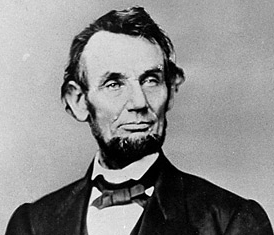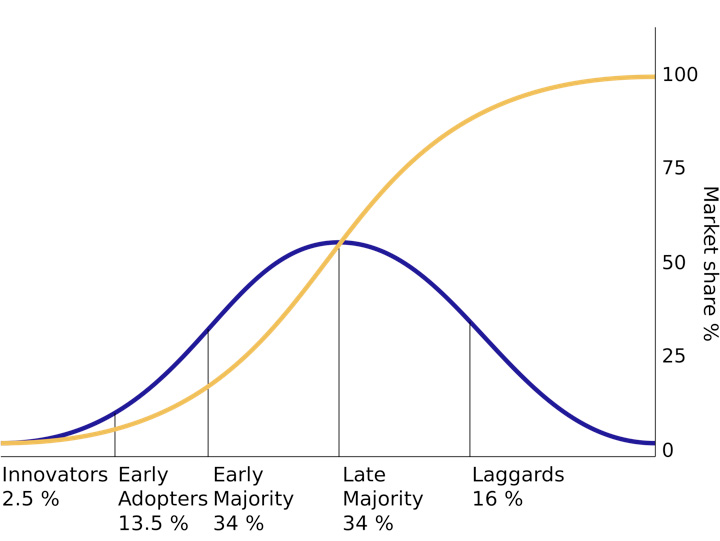AgriCorps is expanding possibilities to address the challenges of the world by connecting young American agriculture professionals to the demand for experiential, school-based agricultural education in developing countries. AgriCorps will accomplish this mission by achieving three objectives:
Objective 1
Recruit high quality, motivated, creative, American college graduates of agriculture with past experiences in FFA or 4-H to volunteer one year to teach agricultural education in developing countries
Objective 2
Meet the needs of rural young people by equipping them with agriculture and life skills to become healthy, critical-thinking farmers and democratic citizens
Objective 3
Transfer agriculture technology and methodology through youth, as early adopters, into farming communities in developing countries
WHAT IS SCHOOL-BASED AGRICULTURAL EDUCATION?
 School-based agricultural education is a well rounded, learn-by-doing teaching pedagogy that includes three components: Classroom Instruction, Entrepreneurship Experience and Leadership Development.
School-based agricultural education is a well rounded, learn-by-doing teaching pedagogy that includes three components: Classroom Instruction, Entrepreneurship Experience and Leadership Development.
1. Classroom and Laboratory Instruction
Classroom and laboratory instruction includes any learning that occurs during the school day. This might take place in front of a chalkboard or on a school farm, ag mechanics shop, or school garden. Effective classroom instruction prepares students for their entrepreneurship experience and enhances agricultural skills necessary for increased production yields.
2. Home Entrepreneurship Experience
Teachers supervise students’ home entrepreneurship experiences, which might include raising chickens or producing vegetables. This hands-on learning reinforces the curriculum taught in the classroom through a real-life environment. Students can earn money, learn business skills, and start their own enterprise while still in school.
3. Leadership Development
Leadership opportunities through future farmer organizations or 4-H are designed to build leadership and confidence, expose young people to career opportunities, and encourage life-skills development. Leadership programs help students develop public speaking skills, conduct and participate in meetings, manage financial matters, strengthen problem-solving abilities, and assume civic responsibility. Active participation in the organization reinforces instruction, recognizes excellence in the entrepreneurship experiences, incentivizes learning through competition, and gives young people opportunities to make a positive difference in their schools and communities.
WHAT IS THE HISTORY OF AGRICULTURAL EDUCATION IN THE UNITED STATES?
 President Abraham Lincoln signed the first piece of agricultural education legislation in the United States in 1862 with the Morrill Act establishing Land Grant Institutions to teach agriculture, amongst other vocational fields of study, to average citizens.
President Abraham Lincoln signed the first piece of agricultural education legislation in the United States in 1862 with the Morrill Act establishing Land Grant Institutions to teach agriculture, amongst other vocational fields of study, to average citizens.
Other pieces of federal legislation were passed including one focusing on minorities in agriculture and another for research and technology. Extension agents “extended” the research and teaching of these land grant institutions and research centers to local farmers. While some farmers were receptive to new ideas, most were not. As one cooperative extension agent in Texas said, “If I can’t teach an old dog new tricks, next year I’ll start with the pups.”
“Progress changes consciousness, and when you change people’s consciousness, then their awareness of what is possible changes as well—a virtuous circle.”
-Former President Bill Clinton
That extension agent’s sentiments were not unusual, and demands for agricultural youth programs across the country were made. While many 4-H style programs had been individually developed across the country for many years, the Smith-Lever Act of 1914 effectively nationalized 4-H, a youth development organization designed to teach agriculture, home economics, and life skills to young people. In 1917, the Smith-Hughes Act created Vocational Agricultural Education in secondary schools, which later developed into the Future Farmers of America (FFA).
 County Extension Agents and “Vo-Ag” teachers educated and supervised students to grow crops and raise livestock. These young people were more open to experimenting with new ideas and technologies in agriculture. County Fairs were organized with supervised youth competing against adults in crop and livestock competitions. When the supervised youth began winning competitions against their elder competitors, older farmers wanted to know why. As a result, the old farmers began seeking advice from their local county extension agent, too.
County Extension Agents and “Vo-Ag” teachers educated and supervised students to grow crops and raise livestock. These young people were more open to experimenting with new ideas and technologies in agriculture. County Fairs were organized with supervised youth competing against adults in crop and livestock competitions. When the supervised youth began winning competitions against their elder competitors, older farmers wanted to know why. As a result, the old farmers began seeking advice from their local county extension agent, too.
IS GLOBAL AGRICULTURAL EDUCATION A NEW MOVEMENT?
Agricultural Education may have origins in the United States, but it has proven to be a replicable model around the globe.
4-H has had a global youth movement since it began in the early 1900s. Canada 4-H led the global expansion in 1913 followed by other nations in Europe and Asia. The relationship between 4-H and The United States Department of Agriculture (USDA) nurtured this global expanse by advising foreign governments and providing curriculum for youth development programs.
“The 4-H movement helped Korea move from being a beneficiary of aid to being a benefactor of aid.”
–Kim Hong Kuk, chairman of the Hairm Group, a global livestock processing and animal health company
Beginning in the early 1960s, 4-H developed a formal relationship with Peace Corps. 4-H Peace Corps programs were established in Latin America, Asia and Africa. Today, 4-H is located in more than 80 countries with 500,000 members outside the United States.
In 2014, the First Global 4-H Summit was held in Seoul, South Korea. Fifty 4-H programs from around the world attended. In her remarks to the group, the President of South Korea attributed the economic and democratic development of Korea to the 4-H and Future Farmer movement in rural areas. The Second Global 4-H Summit will be held in Canada in 2017.
 The National FFA Organization has also shared an international presence. During General MacArthur’s occupation and reconstruction of Japan, Ivan Nelson, a former vocational agriculture instructor attached to the general’s staff, recognized the need for sustainable agriculture in a nation destroyed by war. As part of that strategy, the Future Farmers of Japan (FFJ) was created, and by 1956, the FFJ had over 250,000 members.
The National FFA Organization has also shared an international presence. During General MacArthur’s occupation and reconstruction of Japan, Ivan Nelson, a former vocational agriculture instructor attached to the general’s staff, recognized the need for sustainable agriculture in a nation destroyed by war. As part of that strategy, the Future Farmers of Japan (FFJ) was created, and by 1956, the FFJ had over 250,000 members.
Throughout the 1950s, Future Farmer programs were developed in The Philippines, Thailand, Taiwan, Okinawa, Peru, Colombia, Costa Rica, Mexico, Canada, Israel, and Ethiopia, amongst others. In 1963, the FFA partnered with Peace Corps to develop a Future Farmer program in West Pakistan.
What are the guiding principles of AgriCorps?
We believe that agriculture is a science-based business that requires knowledge and training to understand.
We believe that unregulated handouts hurt economies and people over time.
We believe in the power of the market.
We believe the market should be fair and competitive with many players.
We believe that, in order to maximize profits, one should look at the entire agriculture value chain.
We believe that agricultural education is the first link in the agriculture value chain.
We believe that youth should be trained in vocational and entrepreneurial skills.
We believe that youth are early adopters of technology and can transfer that technology’s use to their parents.
We believe that youth will be interested in agriculture when they discover it can also be profitable.
We believe that hard work can and should be rewarded.
We believe that individuals and communities must have skin in the game.
We believe that farmers are smart, capable individuals who act in their own best interest.
We believe that AgriCorps should uphold the best interest of the local farmer, first and foremost.
We believe that local entrepreneurs have the answers to solve local problems.
We believe it is impossible for members of the AgriCorps, regardless of education level or experience, to have the answers to solve problems in developing countries.
We believe that members of the AgriCorps can use their technical expertise to support local entrepreneurs to unlock their potential to solve local problems.
We believe that agricultural people should do agricultural development.
We believe in these principles because we believe in the future of agriculture.
Go to the people:
live with them, learn from them
love them
start with what they know
build with what they have.But of the best leaders,
when the job is done,
the task accomplished,
they will say:
“We have done it ourselves.”-Lao Tzu
How is agriculture technology transferred through youth to farming communities?

“Humanity’s greatest advances are not in its discoveries, but in how those discoveries are applied to reduce inequality.”
–Bill Gates, 2007 Harvard Commencement.

